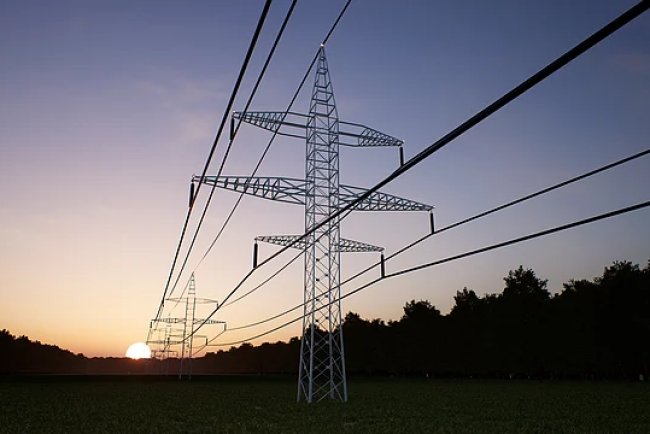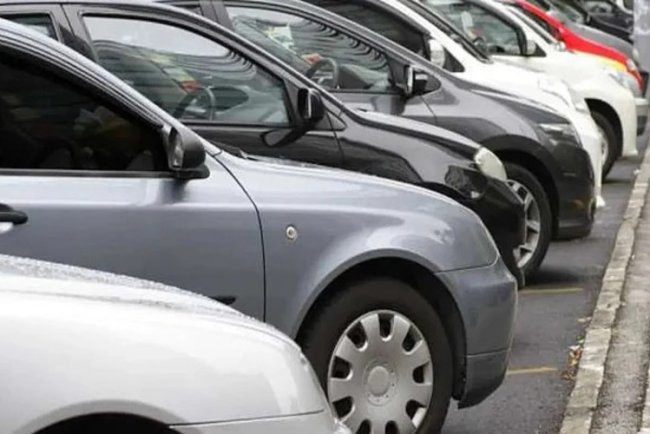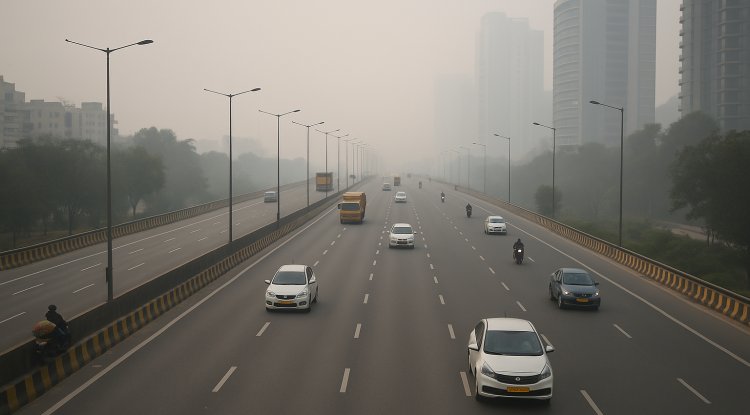Alaska’s Juneau Braces for Record-Breaking Glacial Flood—Waters Accelerate Climate Risk for Hundreds
Juneau, Alaska faces a record-breaking glacial outburst flood as the Mendenhall Glacier’s retreat triggers dangerous surges, forcing hundreds to evacuate and highlighting the growing climate risks to mountain communities.

Juneau, Alaska, has found itself at the epicentre of a climate-driven emergency, as officials, scientists, and residents brace for yet another unprecedented flood unleashed by the outburst of a glacial lake above the city. The danger comes in the form of a “glacial lake outburst flood” (GLOF), an event in which millions of gallons of water, previously dammed by ice, are suddenly released when those natural barriers fail. The latest incident—from Suicide Basin, a depression held back by the Mendenhall Glacier—has triggered the fastest and highest water surge residents have ever faced, forcing hundreds to evacuate and exposing the growing risk posed by warming temperatures in Alaska’s mountainous landscapes.
For the past decade and a half, Juneau’s residents have watched their city transform with each summer: glacial melt has carved new basins, filled valleys with unstable lakes, and sent scientists scrambling to model the next potential disaster. The Mendenhall Glacier, once a seemingly solid and permanent shield, has thinned and retreated relentlessly, creating new cavities now filled each year with a volatile mix of snowmelt, rainwater, and ice. According to glaciologists from the University of Alaska Southeast, these changing landscapes have set the stage for annual GLOFs—events typically seen in the Himalayas or Andes, but now routine in Alaska’s capital.
The impact was swift and severe. On August 12, 2025, the Suicide Basin released a torrent that pushed the Mendenhall River’s water level to nearly 16.7 feet—a record crest that surpassed everything seen in previous years. The flood was so sudden it caught many off guard, even as evacuation orders and flood warnings circulated days in advance. Riverbanks eroded at an alarming rate; some houses that once stood on solid ground were left protruding over racing water, with entire neighbourhoods inundated in hours. Emergency barriers—including HESCO flood walls constructed by city and state crews—helped stem the worst of the deluge, limiting damage relative to earlier disasters, yet dozens of homes sustained serious damage and essential roads became impassable.
Climate change is a relentless driver of these events. Alaska’s warming rate is now the highest in the United States, with regional temperatures rising twice as fast as the global average. Glacial melt accelerates each summer, and as these massive ice fields shrink, more water accumulates in previously stable depressions, pushing the limits of natural damming. Mendenhall Glacier, like many of its counterparts in the Juneau Icefield, is fragmenting from neighbouring ice masses—a process that not only creates new lakes, but also leaves valley walls softer and more prone to collapse.
Local scientists have responded by deploying drones, remote cameras, and river gauges to track water levels and forecast outburst risks. The US Geological Survey and city planners maintain real-time dashboards for water height and flow, but even with careful monitoring, the unpredictability of basin breaches makes protection challenging. Rainfall, landslides, or an avalanche can tip the balance; the city website likens the phenomenon to “a bathtub with a suddenly removed plug.” When a glacial lake’s bank fails, the drop in water level is immediate.
Residents aren’t waiting for the next flood: makeshift levees and earth ramparts several metres high have become part of the city’s defence arsenal, built by neighbourhood groups as community resilience efforts multiply. Insurance claims and government relief funds are only partial solutions—many families invest their own resources in temporary flood-proofing and emergency supply kits. Floods in previous summers have taught hard lessons about preparedness and the limits of prediction in a rapidly shifting landscape.
The city’s status as a tourism hub adds complexity; thousands visit each year to see the Mendenhall Glacier and hike the surrounding icefields. With climate change accelerating the frequency and severity of GLOFs, safety warnings and evacuation procedures are now essential components of the visitor experience. The state has declared disaster zones in anticipation of future events, and Alaska’s Governor Mike Dunleavy recently called for federal support to upgrade Juneau’s flood infrastructure and boost scientific capacity for advanced warning systems.
For scientists, Juneau has become an outdoor laboratory for studying the consequences of rapid ice loss and mountain hydrology. Researchers document trends not just in glacial retreat, but also the downstream risks: erosion, sediment transport, aquatic habitat destruction, and water contamination issues that follow each flood. Their work has broader implications for high-mountain cities worldwide, offering insight into how glacial transformations can re-shape entire regions and threaten established settlements.
Looking forward, authorities are considering engineering interventions such as channel diversions and permanent levees, though implementing these solutions in active, ice-dominated terrain is fraught with technical and financial challenges. Meanwhile, emergency plans now prioritise rapid evacuation, flexible flood-barrier placement, and community education campaigns to make Juneau’s population more resilient to repeated glacial hazards.
The record-breaking flood of August 2025 is only a harbinger of what’s to come. As Suicide Basin and other glacial lakes continue to grow—and as atmospheric warming amplifies the scale and probability of GLOFs—residents, researchers, and policymakers face a new era of risk. For Juneau, and for cities in vulnerable mountain zones, living with the threat of glacial outburst is quickly becoming the new normal.
What's Your Reaction?

















